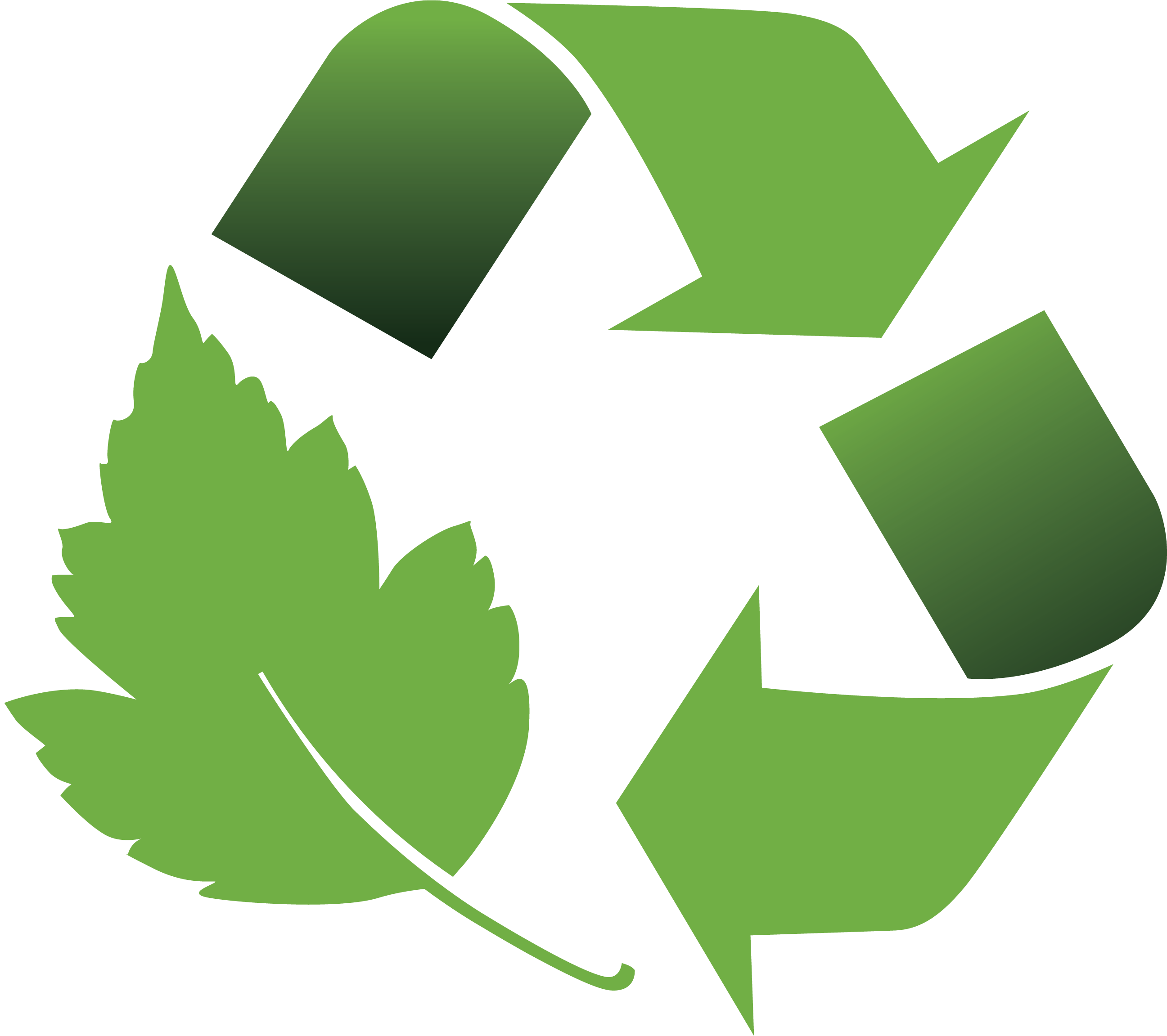Understanding and Interpreting Tarnish Test Results
Understanding and Interpreting Tarnish Test Results
When trying to decide on the proper anti tarnish tabs to use, jewelry retailers and manufacturers often conduct their own tarnish testing or contract out to laboratories that have the capabilities to conduct such testing. However, test results are often times misinterpreted, and in some cases, misleading. Let's look at the following specific test results from an independent lab and interpret them correctly.
Results
Table 1. Range of capacity of corrosive gas getter tabs (ppmV per 1 sq.in. of getter per 15 cubic inches of volume) for each chemical tested

Discussion
Table 1 shows the results of this particular lab's test as a range (greater than to less than) of capacity for each of the tested materials per chemical compound tested. The data in Table 1 above, should be read is as follows: 1 square inch of the Intercept material has the capacity to absorb a range of 0 to 400ppmV (parts per million by volume) of H2S contained in 15 cubic inches. In comparison, the Mead and 3M materials can absorb H2S at levels ranging from above 1000ppmV to 4000ppmV of H2S contained in 15 square inches. According to the lab, they make an inaccurate claim that "the results show the 3M and Mead materials are superior because they have a larger capacity". However, this is where the interpretation of the lab that conducted this test is incorrect and here's why:
After further analysis, according to their results in Table 1, the 3M and Mead materials are only effective above 1000ppmV, which is not a normal level of ambient environmental concentrations of these corrosive gases. Levels above 1000ppmV as used in this test, are much higher than normally occurring environmental concentrations of the same. Normal ambient concentrations are much more on the order of a few to a couple hundred ppbV (parts per billion by volume) i.e. about a thousand times lower than their parts per million test concentrations. Therefore, as shown in their results table, the 3M and Mead materials do not work in normal environmental concentrations or even in elevated levels such as those found in Asia or packaging that contains high levels of corrosive gases. The 3M and Mead materials only work in extreme, unrealistic concentrations of corrosive gases in the ppm range (parts per million). Gases in the ppm range are considered toxic and do not normally exist in any environment that silver and/or silver jewelry would be subject to.
In comparison, the Intercept material works well under normal to elevated levels of corrosive gases such as in China where typical H2S levels are in the 1500 ppb range. And since the Intercept material works well from the 0 to 400 ppm range, it is well within the capacity to absorb normal to high levels of corrosives that exist in most environments.
A Better Test
The proper method for testing under real life conditions (parts per billion) would require an entirely different analytical protocol such as a Mixed Flowing Gas (MFG) test using silver or copper coupons as indicators. When testing for tarnish, the MFG test is the Industry standard of excellence...be sure to tell your lab you want the MFG test!
Static Intercept® Anti-tarnish Paper
Static Intercept Non-Abrasive Anti-tarnish Tabs and strips provide protection for your valuables for up to 12+ months of continuous use depending on how well sealed the container is. Assuming normal conditions, it is advised that one (1) Intercept Technology™ 1" x 1" tab should be sufficient to provide protection for a container measuring 30 cubic inches. Intercept is the preferred anti tarnish tab for the big mass retailers, both on-line and brick & mortar. Using other unapproved brands may create unnecessary returns and fees. Using Intercept will help you avoid any problems with QA at these companies. Unlike other anti-tarnish paper, Intercept Technology™ paper will not scratch or harm metals or gemstones, even when in direct contact with item it protects.




